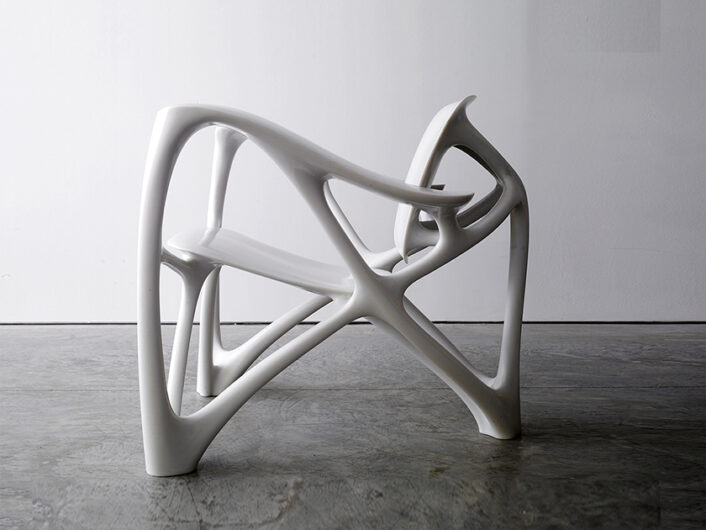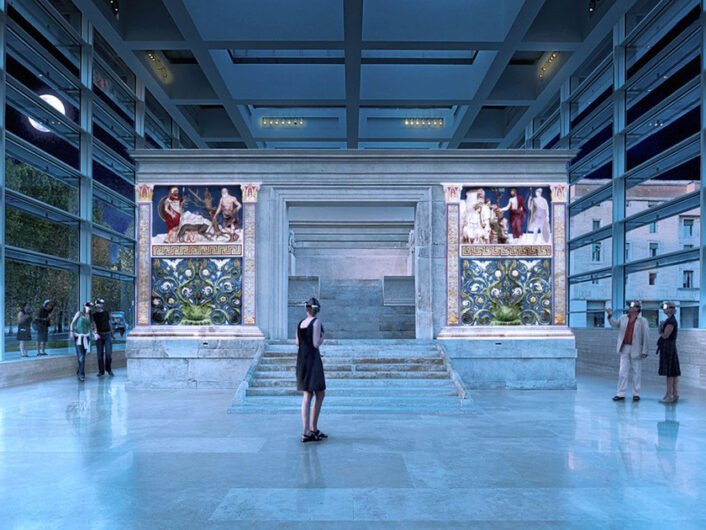“A Million Tube”
Culture
Humans since 1982
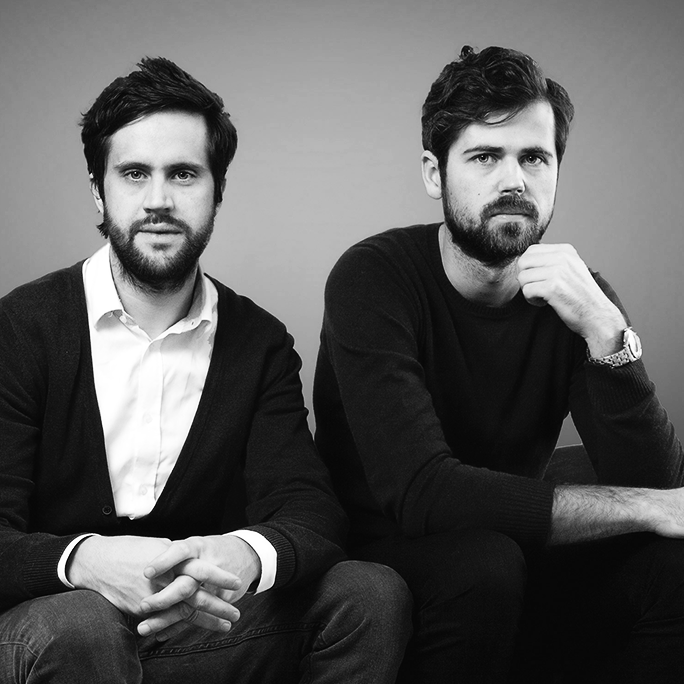
Bastian Bischoff and Per Emanuelsson, founders of the Stockholm-based studio, Humans Since 1982,
Image courtesy of: Art Design Collector
Humans since 1982 was founded in 2009 by Bastian Bischoff and Per Emanuelsson. The designers, both born in 1982, met as students at HDK Goteborg in 2008. Sharing a curiosity for the world and hoping to better understand their surroundings, the duo started to make thought-provoking sculptures and mind-bending installations.
Quickly, the pair began putting together their inquisitive minds to create complex pieces that use their engineering prowess in combination with an infectious curiosity to design items that just “make sense to them.” The hope is that these pieces will make sense to other also.
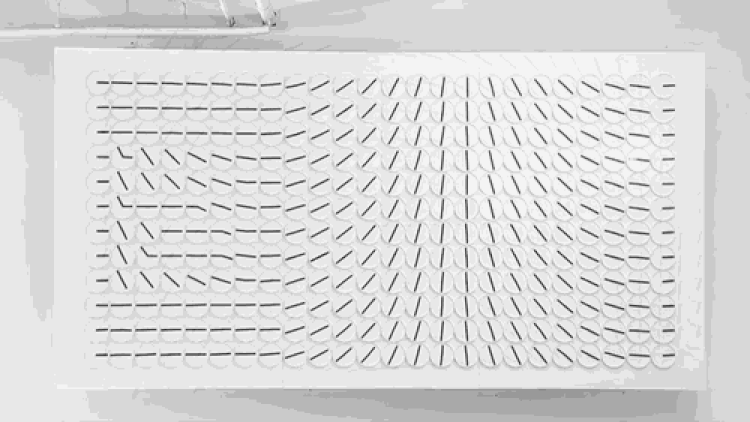
The collection of clocks is positioned on a grid and programmed to move in sync. Slowly, the clocks turn their hands until the correct analog time is displayed. The first iteration of this piece was designed in 2013.
Image courtesy of: My Modern Met
The pair teams up with David Cox to engineer the ideas they come up with. Their problem-solving is further complimented by a team of international specialists that includes programmers, designers, and technicians who are able to take the idea from conception to realization.
The company’s most recognized piece is the time-based installation, “A Million Times.” Here, each little clock is timed perfectly at the same moment to display the time of day in the format of a traditional digital watch. Each minute, prior to the time showing, the hands move in a choreographed dance.
As each year passed, the clock installations become more and more complex. The final iteration creates one of the world’s largest kinetic sculptures. This specific “A Million Times” sculpture is made up of 504 clock-faces.
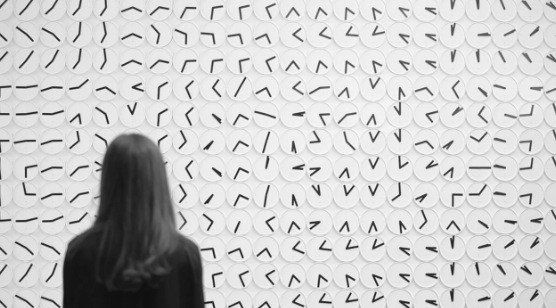
We love how basic, everyday pieces are “imprisoned” from their mundane and administrative functions.
Image courtesy of: Huff Post
The first piece, created for Victor Hunt, was made up of 288 clocks. The electrical engines are controlled by an iPad signaling the minute hand and hour hand into a “dance of patterns.” There is a sort of calming feeling that come as the rotations are completed and the hands get into position to form the present time.
Over the years, the design has evolved to take on different sizes and shapes. Courtesy of an article in My Modern Met by Jessica Stewart, one of the founders said, “Locked in its functionality to show the time, the natural character inherent to an analog clock with its two arms constantly dancing in slow motion around the center unveils hidden figurative qualities without denying its primary purpose.”
The concept of “A Million Times” has been duplicated in many places throughout the world, from a hotel lobby in London to an office in Beirut. And if that isn’t enough, the company developed apps for both the iPhone and the iPad to create the same hypnotizing movements on personal screens.
ClockClock is another installation the team developed. Last year, ClockClock9 was designed using nine pairs of clock parts mounted to a mineral composition housing material. Moving through the programmed choreography, each clock moves independently and in formation… constantly alternating between abstract and synchronized movements.
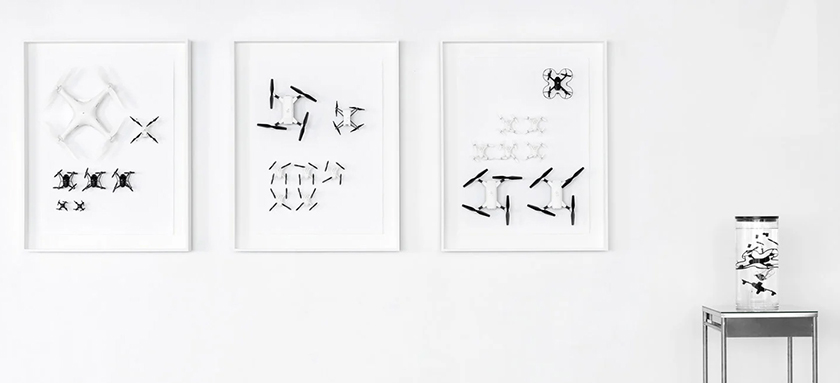
“Collection of Drones- Triptych”, 2019. Materials include coated MDF, steel, electronics, drones, and paper.
Image courtesy of: Design Boom, photographed by: Tim Meier
A different take on the same idea comes into play in “Collection of Drones- triptych.” The installation consists of small and medium-sized personal drones adhered onto three white panels. The steel pins inserted into the drones make them inoperable and motionless.
This presentation forces us to revisit the act of observing, collecting, and analyzing this newer form of technology. The installation also asks us to evaluate the importance we place on technology as it becomes increasingly commonplace in our everyday lives. Specifically with drones, it makes us question whether or not we are constantly under surveillance. Rendering the drones stationary presents them as antiques; in such, the designers present the question of how future audiences will view a technology we presently deem innovative.
